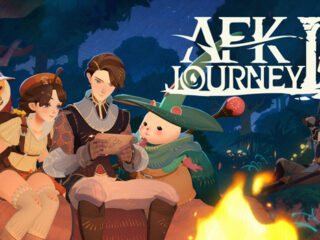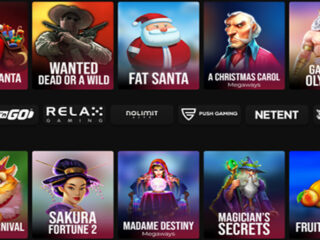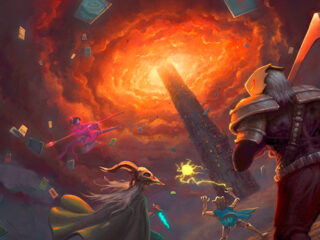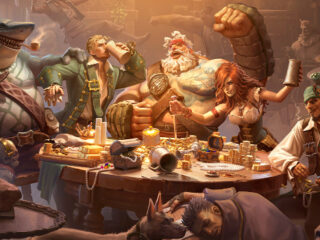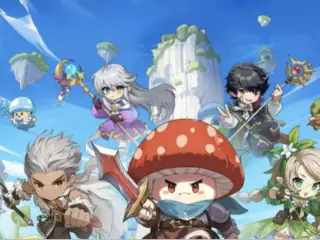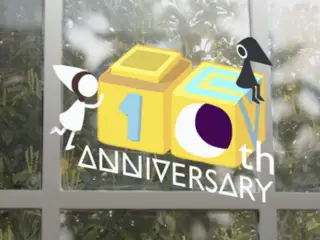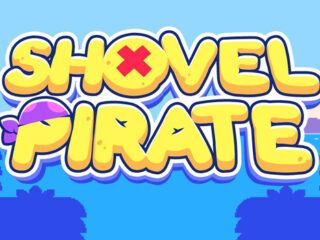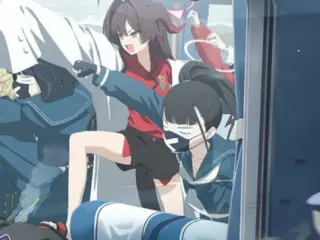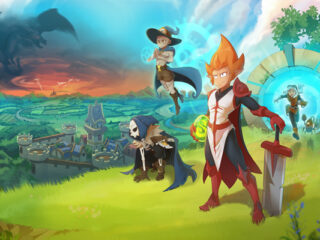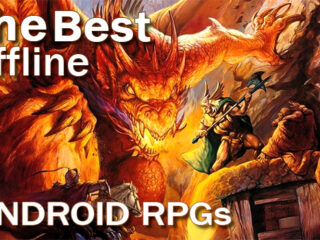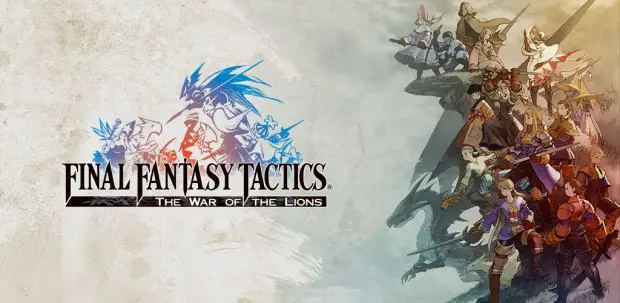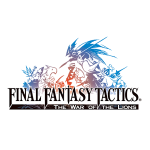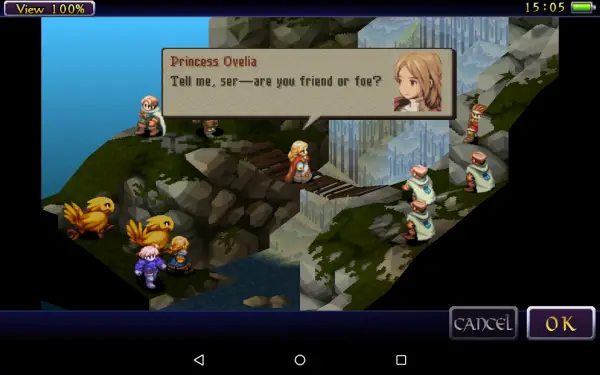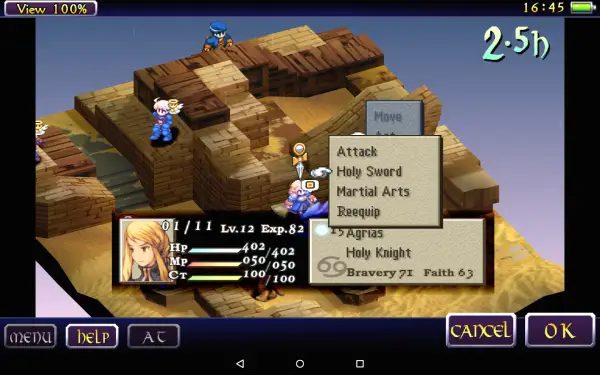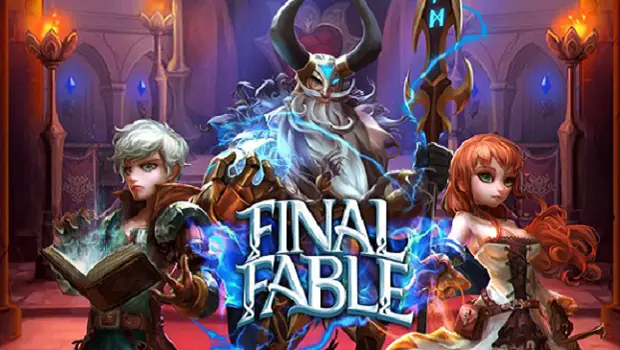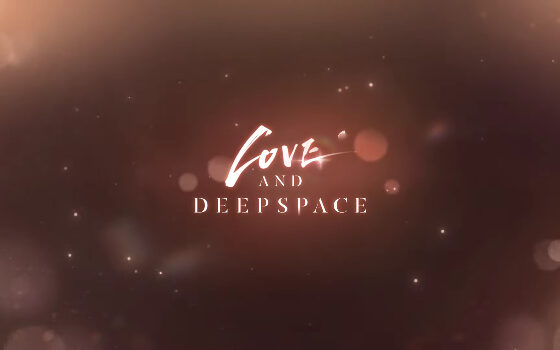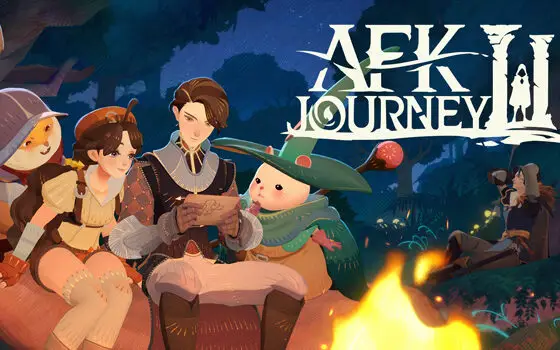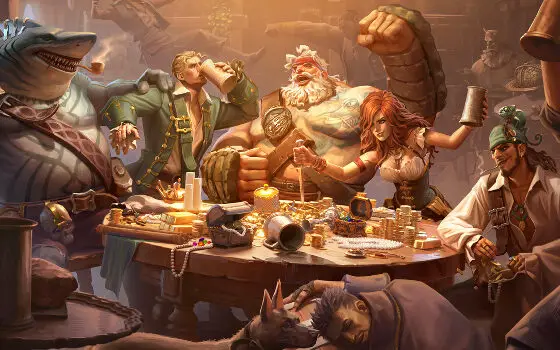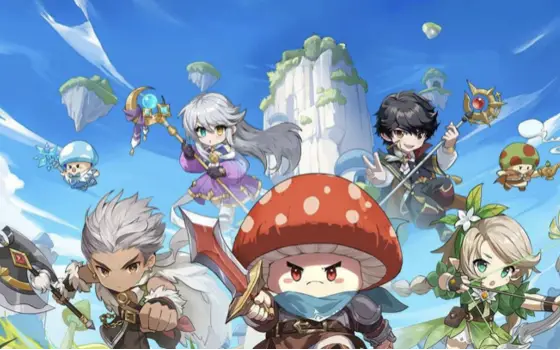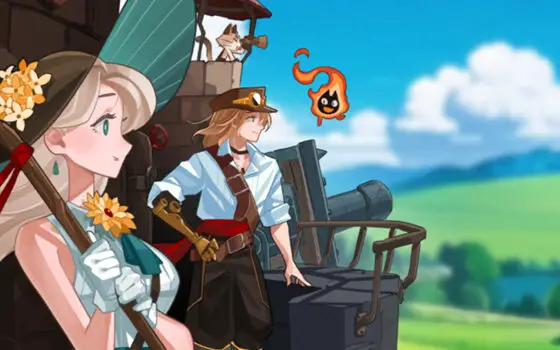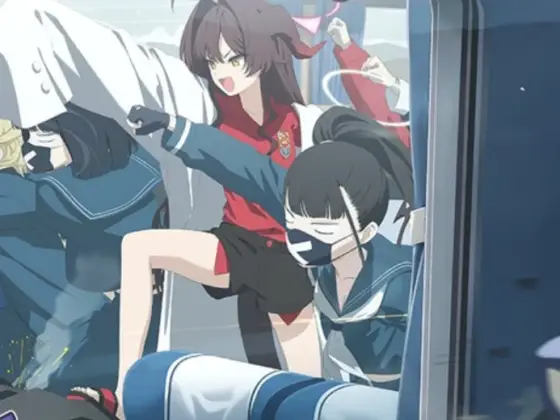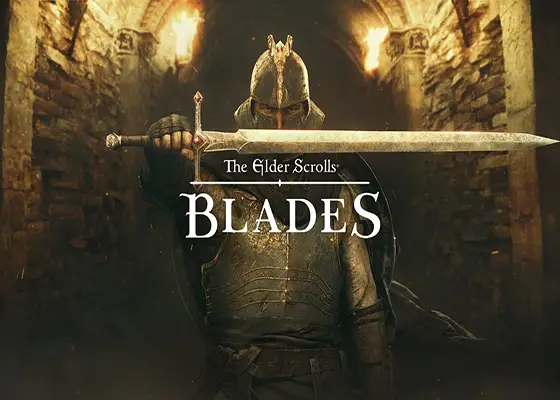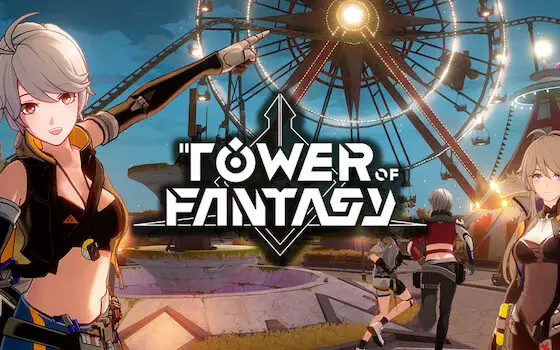I find that whenever I talk about an absolute classic like Final Fantasy Tactics, I have this bad tendency to make an assumption about my audience. I assume that you know about, and therefore care about, Final Fantasy Tactics just as much as I do.
And yet, as times goes on it becomes ever more apparent that despite the game’s legacy, and the legacy of the name it carries, not to mention the games numerous re-releases and countless influences, the opposite tends to be true. It seems fewer and fewer people are as aware of…well, everything that Final Fantasy Tactics is, even as seemingly every other game from that era becomes legendary whether it deserves it or not.
That being the case, let me approach this differently. Let me start from the beginning.
Released in America in January of 1998 (some 6 months following its release in Japan), Final Fantasy Tactics was treated by most American gamers as something of an enigma. Not only did it carry the Final Fantasy name and not be of the traditional JRPG mold, but it was this weird little strategy title where you moved your characters around a map through their grid-like movement system, and pitted them against various foes spread about.
Today we know it as a tactical-RPG. To be clear it was a tactical-RPG at the time, but due to a terrible tendency for publishers to not want to expose American console audiences to something different, one that once plagued Western gaming, many people remained unaware of the genre at large.
But the bliss of Final Fantasy Tactics did not lie in our ignorance. Instead, though it may have been inspired by many before it, Tactics did just enough on its own accord to make even experienced gamers in the genre, feel like they were experiencing it for the first time.
A part of this are the graphics and presentation. The movement and information system, both vital to such a title, are so cleanly laid out and smoothly integrated into the action, that they have this miraculous way of being immediately understandable yet infinitely deep. This is of course in companionship with the Final Fantasy series’ typical character, world and sound design standards of excellence.
Another carry over from that series makes the next largest contribution, and that’s the job system. We’ve seen this idea of assigning characters certain skill sets, and balancing your party with them to try to create the most exceptional party possible. Here, it’s made even greater with the addition of a larger possible cast of characters, as well as a permadeath system that makes losing a character you put so much time and thought into all the more painful.
Even better, it turns a genre that too often falls into a rock, paper, scissors type affair into something more closely resembling the game of chess so many strategy games aspire to be. Having to manage a large group of varying skill sets, and only being able to level up so many at a time, means that you can only react to the circumstances of your encounter so much in terms of counter type plays based on inherent characteristics.
Instead victory in Final Fantasy Tactics is very much earned. Many situations put you in this position where you can almost always win, but the situations upon which victory will hinge often change each round. And yet you must still learn to participate, rather than react.
Sadly, elements of the Final Fantasy series that didn’t get carried over to Tactics are the storytelling and writing standards. While this version doesn’t have the same laughably bad translation as the original Playstation edition, the story being told here is more interesting as a whole than how it plays out moment to moment. This can lead to moments where the battle at hand doesn’t quite carry the same heft as it otherwise might.
Luckily, though, this version is the same as the PSP remake of this game called Final Fantasy Tactics: War of the Lions, which gave gamers a little bit more, and a little bit better. Better graphics and translation, and more character jobs and story interludes told in fantastic cel-shaded cutscenes. It is arguably the definitive edition of the game.
The question then becomes; can we say the same of the android version? The answer there is not quite. While the touch screen controls work flawlessly, there are times when the framerate drops or the game just crashes that didn’t seem as prevalent before the game made its way to mobile, and when you combine that with the lack of a save state or quick save option, should the game crash, you’ll open yourself up for a world of heartbreak in the middle of a 40+ minute battle.
Yet, the issues are rare enough that they can in no way impair my recommendation of a game that can last you over one hundred hours and only gets better as you go along. Similarities and differences aside, this is a game well-worthy of the Final Fantasy golden age. Play it on Android if you can, but know that even if you wait until your final days to play this game on some sort of future gaming system we can’t yet comprehend, you can still play it and enjoy it as much as I once did so long ago, because it is a truly timeless experience.
Is it Hardcore?
Very much so.
As classic as games get, this is the one tactical RPG you must own on Android.


